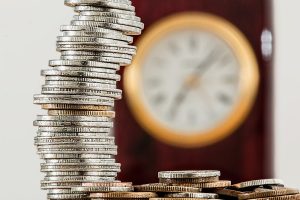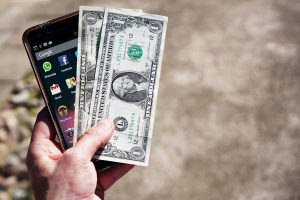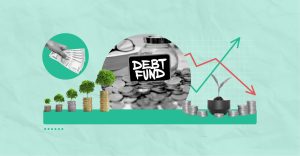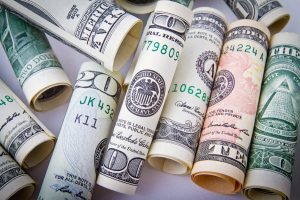The Evolution of Trading Methods

How we trade the financial markets has experienced drastic and dynamic changes over the years. These changes are mainly as a result of amendments in rules and regulations as well as technological advancements. To understand just how far back trading goes, the first forms of trading between people began during the Stone Age, around 2.6 million years ago, when people traded stones, which were thought to hold intrinsic value. People then evolved into trading commodities, such as livestock, metal, salt, rare stones and more. Eventually, people began trading all kinds of other physical goods, such as clay pots, tools, shells and metal coins. This evolution formed the basis of the beginnings of the stock exchanges as we know them today.
Bourse of Antwerp
The first physical commodity exchange, which was explicitly built for that purpose, was the bourse of Antwerp which was created in 1531, before the invention of stocks. The building fell into disuse during the 17th century but was then restored to be used as the Antwerp Stock Exchange from 1872 to 1997. Brokers and money lenders met at the building to do business, however, at that time, no bonds, promissory notes or real stocks were dealt.
Beginnings of the Global Stock Market
Although the East India companies of the 1600s started selling stocks, which paid dividends from proceeds earned via voyages across the globe in search of wealth in foreign lands, the securities markets mostly started with speculative trading via new government issues. In 1773, London formed its first official stock exchange. During the 1780s, a Japanese rice trader, Munehisa Homma, invented candlestick patterns to help predict rice market price movements. In 1791, the US followed suit by opening its stock exchange, which was located in Philadelphia and then, in 1871 the New York Stock Exchange was formally constituted.
Public Trading of Securities
The public started purchasing and selling securities sometime around the late 19th century. Small businesses, known as “bucket shops,” located in major cities throughout the US, provided a place where individuals could go to trade securities. These shops eventually were put out of business after the 1929 Stock Market Crash. Following the crash, the modern markets were reconstituted in the 1930s as strictly regulated exchanges.
Modern markets
The sweeping regulations implemented by the Security and Exchange Commission (SEC) aimed to prevent another major market crash. Various regulations, which are now still key rules that today’s markets still operate under, such as prohibiting trading on insider information, were created by the SEC after the 1929 market crash. In 1971, the National Association of Securities Automated Quotation (NASDAQ) system was created, giving birth to the electronic “Over the Counter” (OTC) market.
Trading on OTC markets
OTC markets do not use physical stock exchanges, where requirements for having a stock listed are stricter. OTC trading was generally executed through telegraph, telephone or leased private wire. However, now, due to advancements in technology, traders use computers to connect electronically to OTC markets. Generally, this is done through the Internet or direct electronic connection.
Advancements in Computerized Trading
With advancements in computer technology, came the evolution in how markets were traded. Eventually, traders gained the capability to make trades directly from a personal computer in the comfort of their own homes or offices. Also, now traders do not have to download any type of software to trade on a personal computer since many brokers offer browser-based platforms which allow an investor to access a trading website where trades can be executed.
With the development of mobile devices, brokers began offering access to trading platforms through mobile apps. This enabled traders to conveniently monitor markets and execute trades from anywhere they have access to the Internet via their mobile devices.
Automated trading
Along with advancements in computerized methods for manual trading, technological advancements began opening the door to algorithmic trading. Through the use of advanced algorithms, trading bots began offering traders the option of engaging in automated trading. The trading bots continuously analyse large amounts of historical price data as well as current market conditions to identify profitable trade setups. Once a profitable trade opportunity presents itself and has been pinpointed by the trading bot’s algorithm, the software will automatically execute the trade on behalf of the investor.
From the evolution of automated trading bots came the development of black-box trading software. These trading bots utilize fixed, proprietary trading parameters and rules to identify profitable trading opportunities. Due to their proprietary nature, black-box trading bots keep their trading strategies secret and each system is unique and protected from public scrutiny.
Variety of Choices for Traders
Due to the forward evolution of trading markets, investors today have a variety of choices on how they choose to trade. Whether it is through manual computerized trading, personally customized trading bots or black-box trading, investors will need to carefully consider the advantages and disadvantages of each type. One’s personal financial goals, trading objectives and tolerance for risk should be taken into consideration. Once you have found your preferred trading method, you can then step into the trading arena to make your trade.






